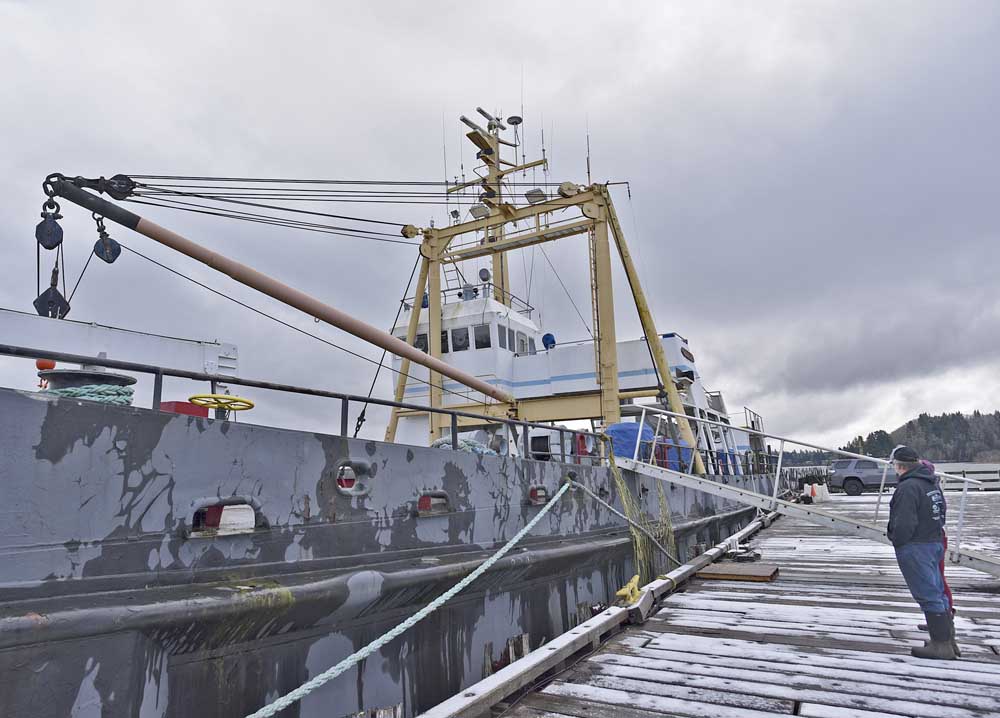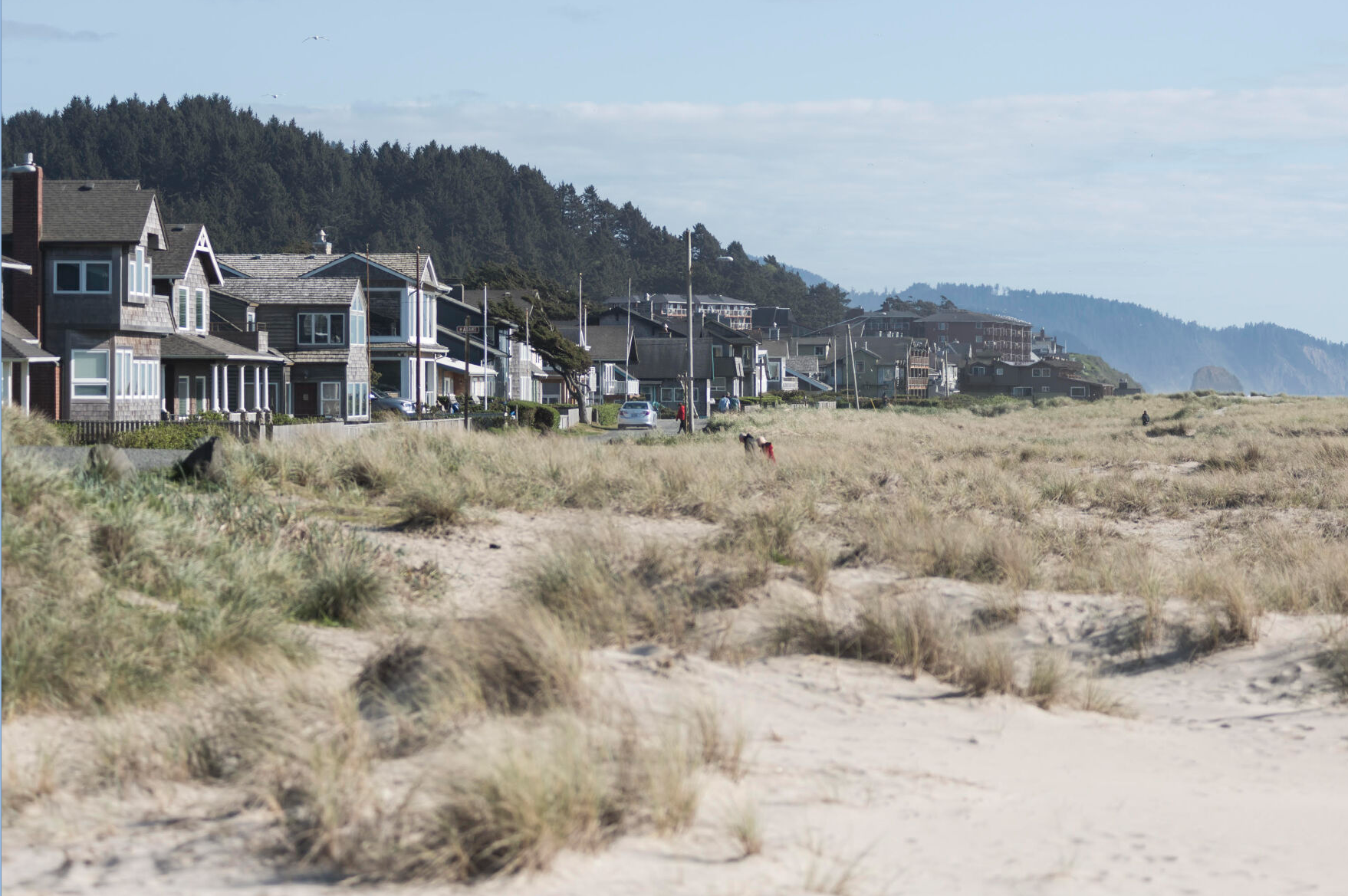Our View: Salvage Chief could help save our region
Published 8:00 am Saturday, August 10, 2019

- The Salvage Chief has a long history of successful recovery and emergency assistance operations.
The caption to a photo we published along with our news coverage of the possible use of the Salvage Chief in a huge emergency said it all.
Trending
“The Salvage Chief has a long history of successful recovery and emergency assistance operations.”
The latest discussion featuring the vessel’s future was about whether North Coast officials supported possible funding being considered by the state Legislature.
The session adjourned in Salem before it could be acted on, but it would have provided state money to help repair and upgrade the decommissioned World War II-era craft.
Trending
Monica Steele, the interim Clatsop County manager, Tiffany Brown, the county’s emergency manager, and Astoria Mayor Bruce Jones were among those less than enthusiastic about supporting the idea. They and County Commissioner Kathleen Sullivan pointed to the $2 million price tag as being too high when there were other pressing priorities.
And Jones, whose Coast Guard expertise gives him solid standing in discussing such matters, said there was no plan in place to demonstrate how the vessel could be used in a disaster — and no analysis of the ongoing costs of maintaining the vessel.
Despite these reasonable and well-stated concerns, we think it’s too early to write it off.
Preserving the Salvage Chief should be considered more than just a sentimental project. It could be a key component in any North Coast disaster planning.
A private nonprofit group is seeking to preserve the old naval landing vessel, which was converted to perform marine salvage. It’s a campaign anyone with an interest in maritime history should support with vigor.
The Salvage Chief has aided nearly 300 vessels in its storied career, including when the Exxon Valdez oil tanker ran aground in Alaska in 1989.
Its sturdy winches, combined with improved communications capabilities and the potential of a team of welders, riggers, fitters, divers and seamen ready to deploy and assist, offer significant potential for the shallow-draft ship
Floyd Holcom and other supporters say it could perform several functions in an emergency — serving as a mobile hospital or communications platform, or even pulling pieces of the Astoria Bridge or the Lewis and Clark Bridge near Longview, Washington, out of the Columbia River. They say if properly retrofitted and maintained, it could be ready for immediate response.
The 2007 Great Coastal Gale proved we can survive a natural disaster, but in the first days after the event it was abundantly clear that we were on our own. The recent U.S. military hovercraft exercise at Sunset Beach offered some terrific reassurance that rescue help can reach here.
But the key is timing. In the event of a significant subduction earthquake, tsunami or other crisis that may disrupt inland areas as well, there will be a lag time in help reaching us.
Preparing a plan that means we are relatively self-sufficient is a priority. We would like to see emergency planners factor in all available local resources — and that includes considering the Salvage Chief as a viable possibility.
See a drone video of the Salvage Chief at bit.ly/salvage-chief









